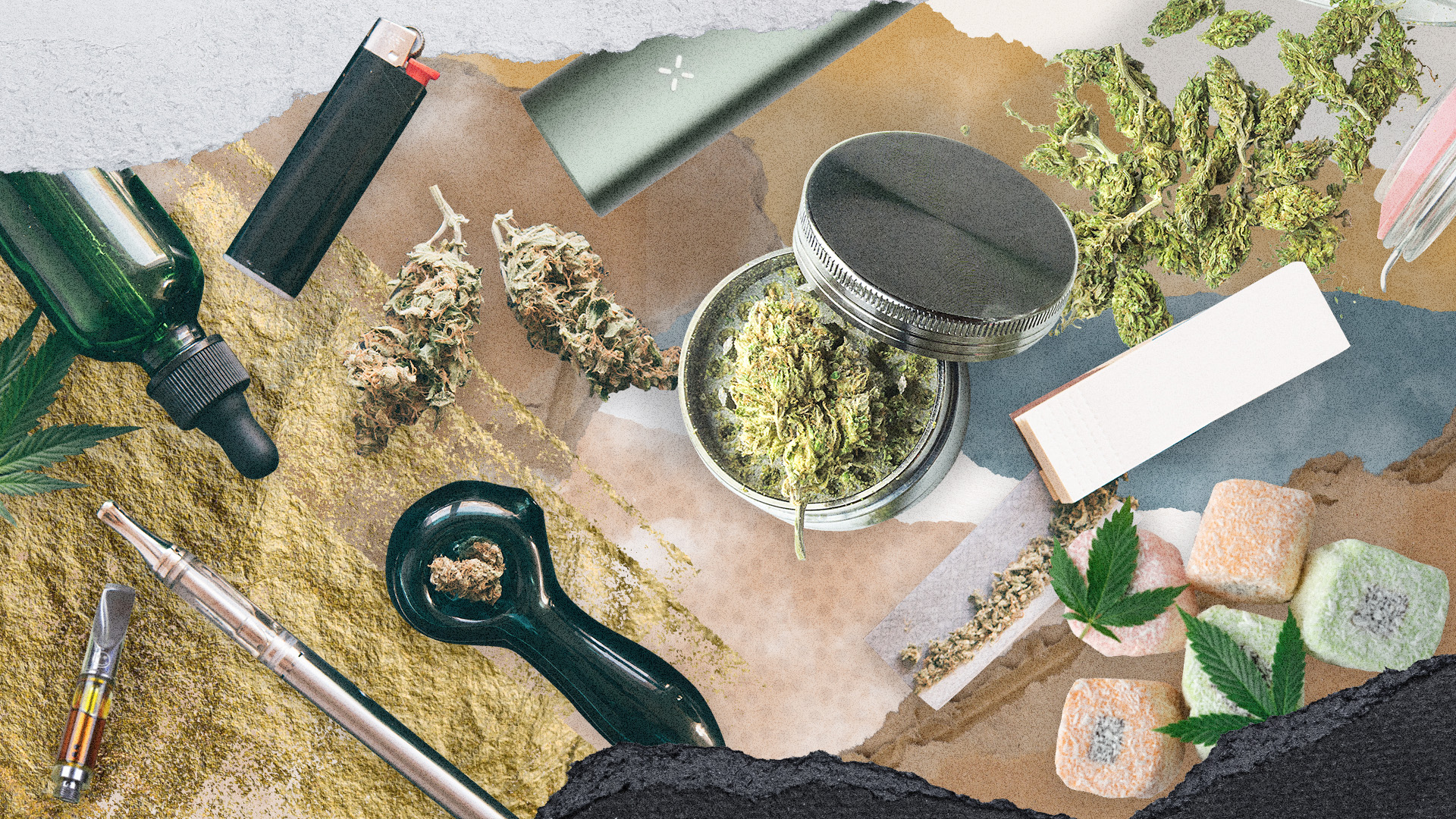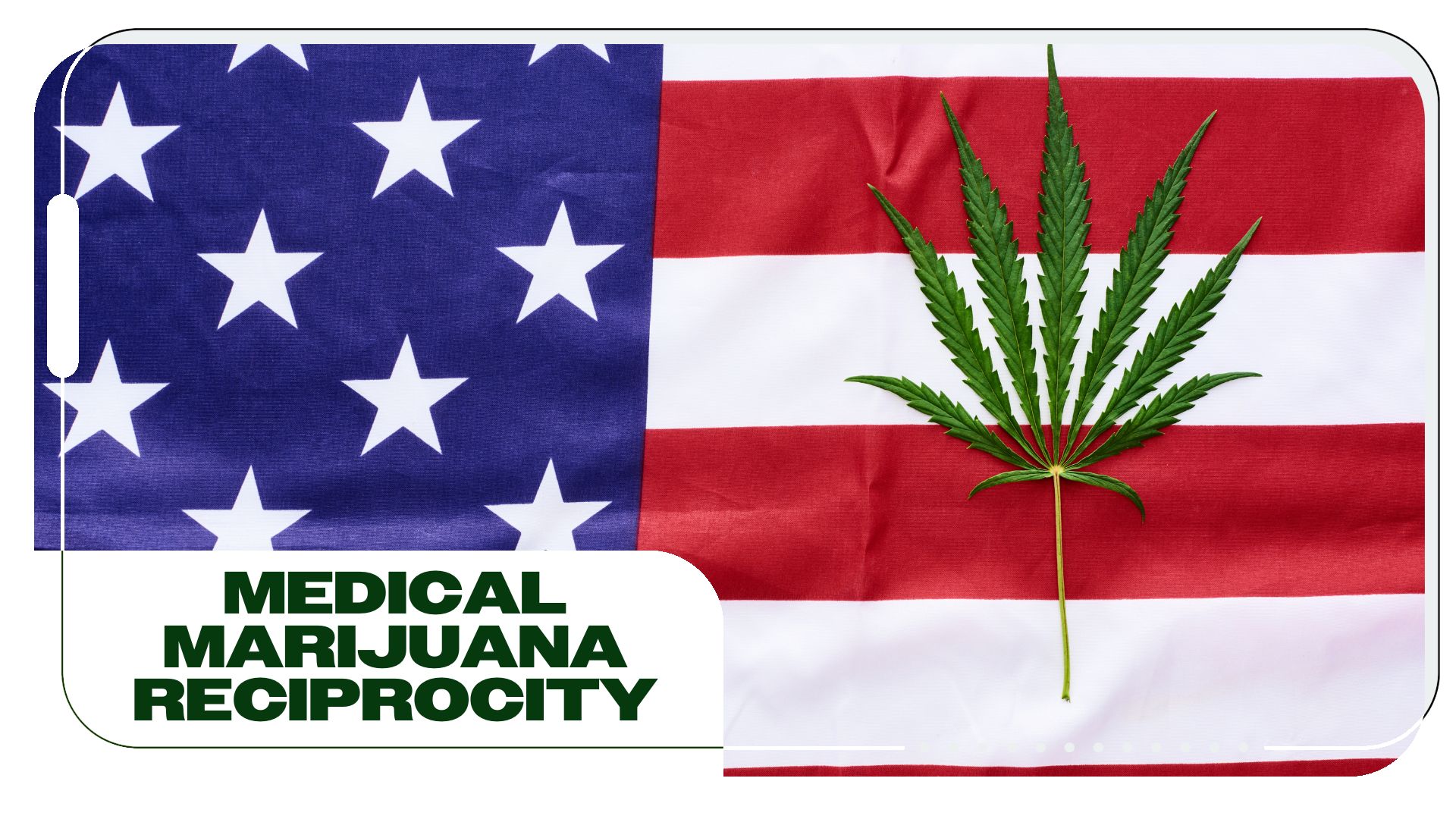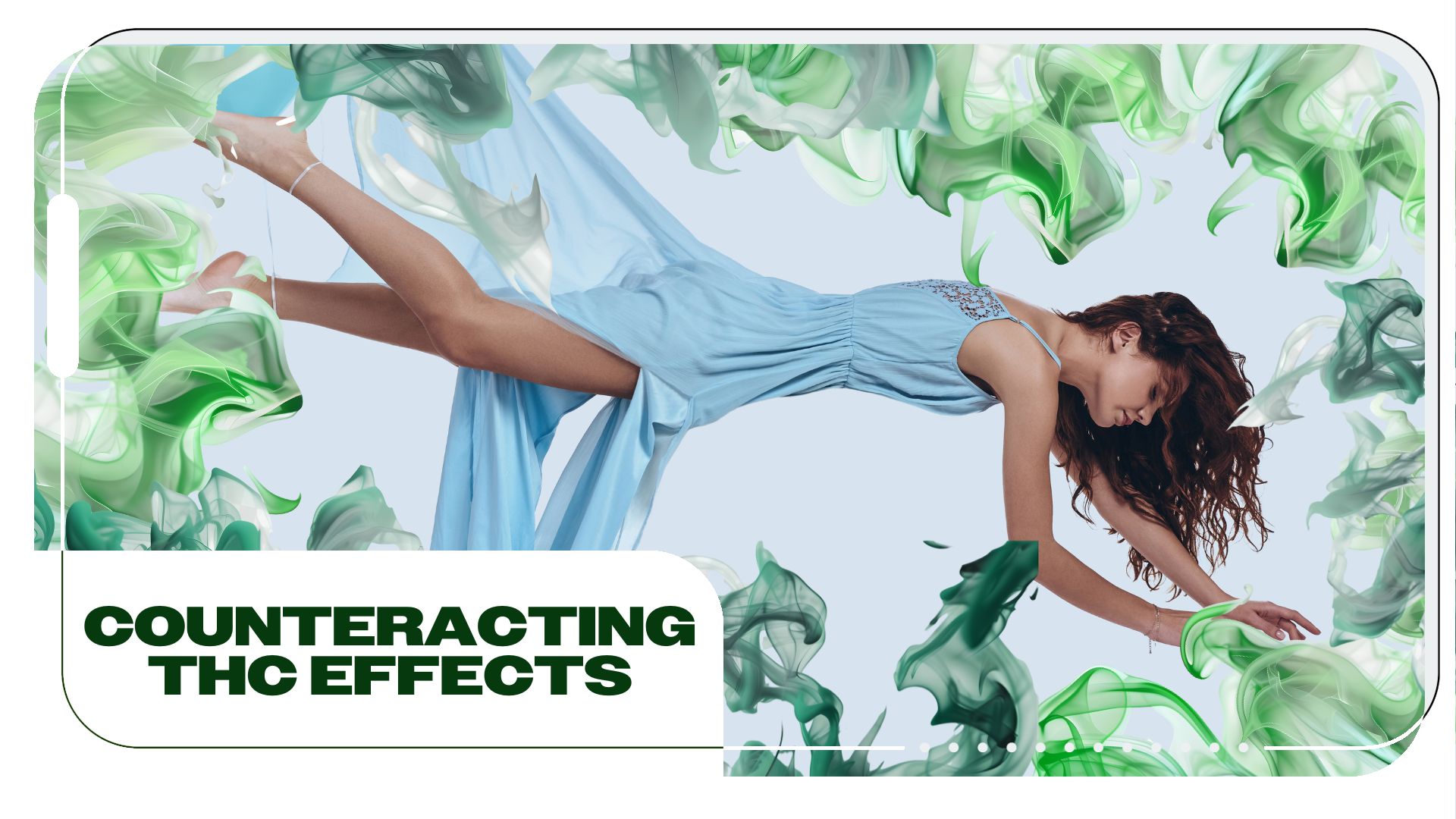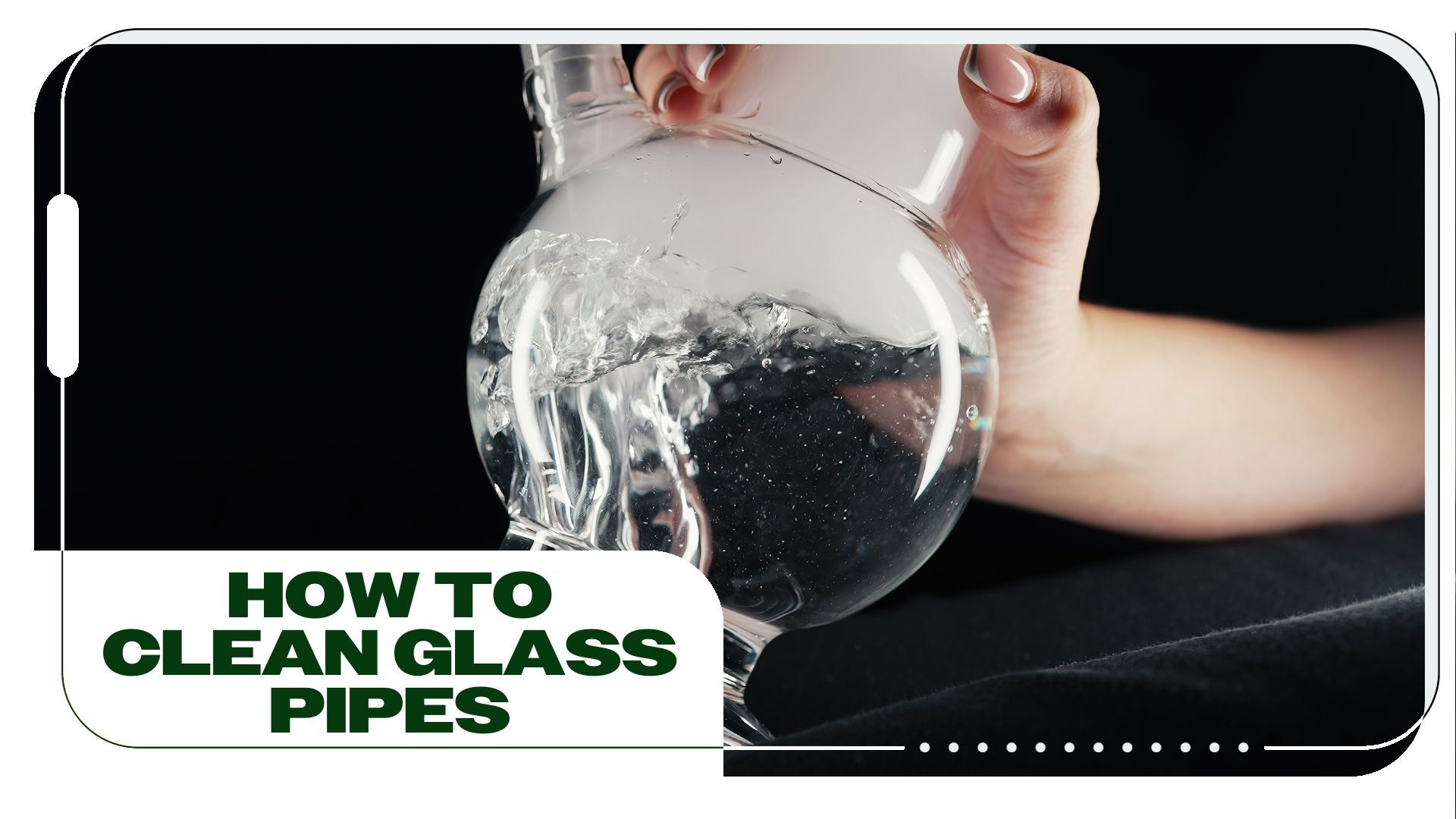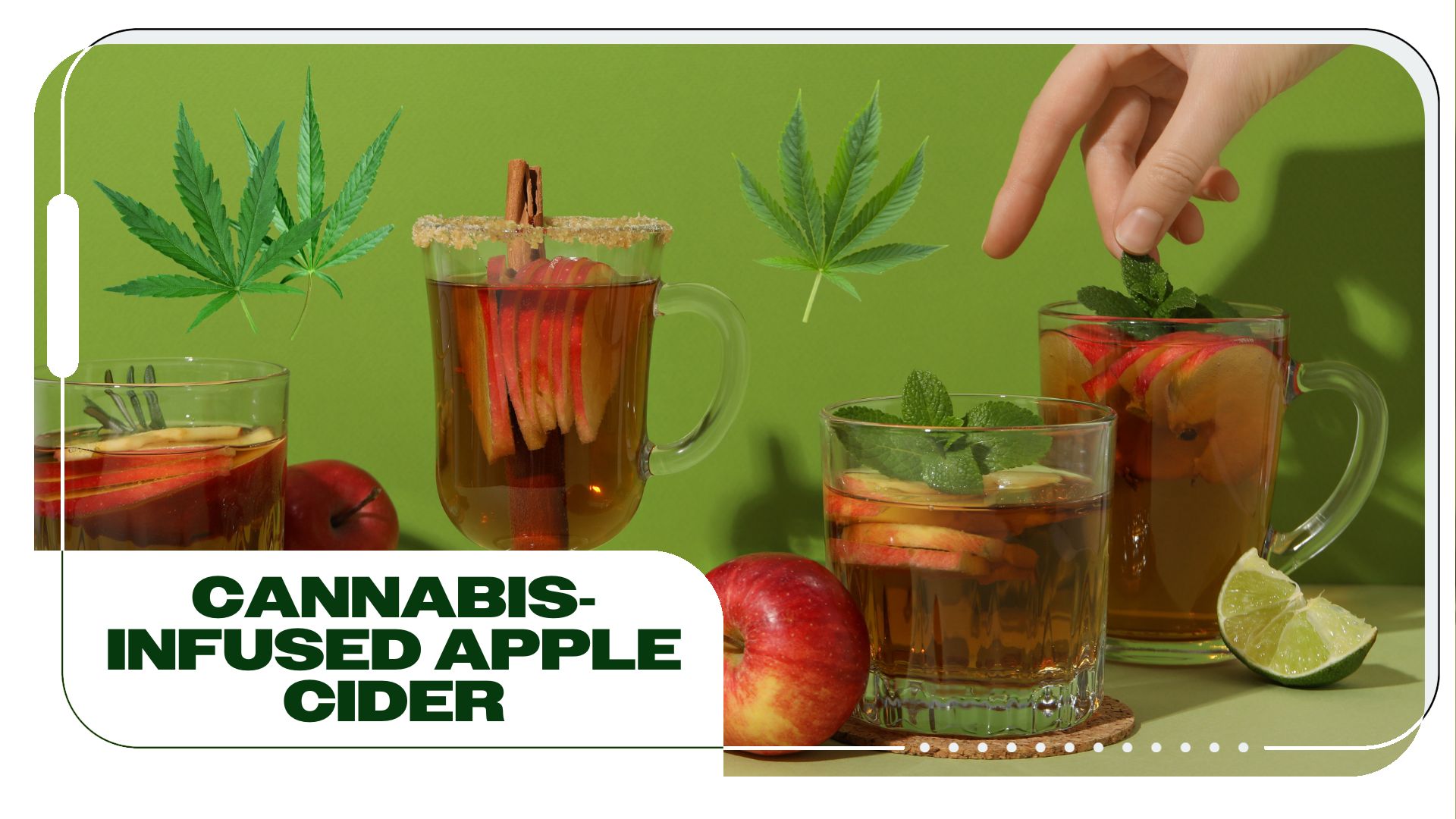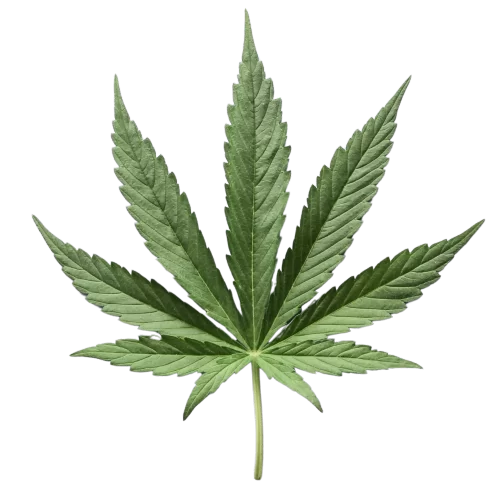In recent years, the conversation around THC (tetrahydrocannabinol) and CBD (cannabidiol) has shifted dramatically. Once a taboo subject, it’s now at the forefront of medical research, wellness trends, and legislative reform. This surge in popularity brings up an important question that many are asking: Is marijuana truly “safe,” and what’s the best way to consume it?
In this article, we’ll peel back the layers of confusion and controversy surrounding cannabis. We’ll examine the latest scientific findings, debunk common myths, and provide insights into the safest and healthiest consumption methods in a way that aligns with your health and wellness goals.
The Ongoing Debate On Cannabis Safety
The safety of cannabis continues to be a topic of intense debate among scientists, medical professionals, and the public. Research on the herb’s effects presents a complex picture, with studies indicating both short-term and long-term impacts on users.
It’s essential to understand that most cannabis safety concerns today surround intoxicating, THC-dominant cannabis and products, which have a narrower therapeutic window than CBD. CBD is recognized as generally well-tolerated and safe, even in FDA-approved trials and WHO reports. However, the recent legalization of hemp-based CBD has also created a new realm of concerning semisynthetic and intoxicating derivatives like delta-8, which is an entirely different story.
In terms of THC use, short-term effects can range from altered states of consciousness and relaxation to impaired memory and coordination. Physical side effects like fast heart rate, dry mouth, and dry and red eyes may also be uncomfortable until it’s out of your system. At the same time, long-term use is linked to concerns such as mental health issues, including anxiety and depression, and potential dependence. Excessive short-term cannabis use can also trigger these in susceptible people or cause cannabinoid hyperemesis syndrome.
For example, 2023 research published in the journal Psychological Medicine found that long-term use of high-potency cannabis may trigger or worsen psychiatric disorders such as bipolar disorder, schizophrenia, and depression in young men. Generally, the scientific consensus is that these individuals are already genetically predisposed to such conditions, and cannabis use is more of a coping mechanism or early-onset trigger than a true culprit.
However, it’s crucial to also acknowledge the substantial body of research supporting cannabis’ health benefits. Numerous studies have demonstrated its effectiveness in treating chronic pain, reducing the severity of epileptic seizures, and easing symptoms of multiple sclerosis, among other conditions.
A good example is, in 2020, research published in the journal Dialogues in Clinical Neuroscience found that cannabinoids like THC and CBD may help reduce symptoms associated with mental disorders like anxiety, depression, and PTSD. Schizophrenia symptoms may also be improved with a CBD-centered approach. This is the opposite effect of THC, an alleged psychotic instigator.
As one can imagine, this nuanced and contradictory evidence fuels the ongoing debate, highlighting the need for a greater understanding of cannabis and its place in medicine and society.
Why You Should Get Your Medical Marijuana Card
Veriheal has satisfied millions of patients nationwide by giving them access to these benefits
- Larger purchase limits
- Peace of mind
- Enhanced legal protection
- Access to higher potency strains
- Save up to 25% on cannabis purchases
- Skip the line at the dispensary
What’s the Most Ideal Way to Consume THC or /CBD?
When it comes to the debate surrounding cannabis safety, it’s important to recognize that these concerns depend not only on the strength of the strain but also on the method of consumption.
The potency of the cannabis strain can dramatically influence its effects on the user, while the consumption method—ranging from smoking and vaping to edibles and topicals—can affect the onset, intensity, and duration of these effects. This further complicates the question about its safety. Therefore, choosing the healthiest way to consume cannabis is paramount for those looking to reap their benefits while avoiding risks.
Smoking vs. Vaping
Cannabis smoking is known for its immediate effects, but it also brings potential risks of lung irritation and bronchitis. Dry herb vaping, on the other hand, heats the plant to a point where cannabinoids and terpenes are released without burning it, thereby reducing the inhalation of harmful smoke. This is great for beginners who can control their dose more easily and effectively.
However, the safety of e-liquid and semisynthetic cannabinoid vaping has been questioned, with concerns about the chemicals in unregulated vape fluids and the potential risk of lung injuries. Vaping concentrate cartridges from a licensed dispensary is safer than unregulated products sold online, but they can still increase tolerance and chances of side effects rapidly due to their high potency. Concentrate vaping is best for experienced, tolerant consumers or those with severe pain needs.
Edibles and Tinctures
Consuming THC and CBD through edibles and tinctures offers a smoke-free alternative, presenting fewer respiratory risks for those who may be vulnerable. Edibles provide a measured dosage and a stronger, longer-lasting effect, making them a popular choice for both medical and recreational users.
Tinctures, taken under the tongue, allow for precise dosing and a quick onset compared to edibles. Despite this, edibles’ time-delayed effects can lead to overconsumption, a concern for those unfamiliar with their slow onset. The delayed onset of 30–—90 minutes means always be sure to wait before taking more unless you know what you’re doing.
Topicals
THC and CBD-infused creams, ointments, and suppositories offer localized relief without psychoactive effects, making them ideal for treating pain, inflammation, and skin conditions. Topicals are applied directly to the skin and have effects confined to the application area, providing a safe option for those looking to avoid the systemic effects of THC.
Key Takeaways
Each consumption method carries a different set of absorption rates, thus emphasizing how important it is to research and choose a method that aligns with your personal lifestyle and health goals. Understanding these differences is crucial for anyone looking to make informed decisions about the safest and healthiest ways to consume THC and CBD.
Staying informed is key to safely navigating the world of cannabis. We urge readers to continue researching and consult a medical professional to make informed decisions about THC and CBD use.
Note: The content on this page is for informational purposes only and is not intended to be professional medical advice. Do not attempt to self-diagnose or prescribe treatment based on the information provided. Always consult a physician before making any decision on the treatment of a medical condition.
Author, Share & Comments


